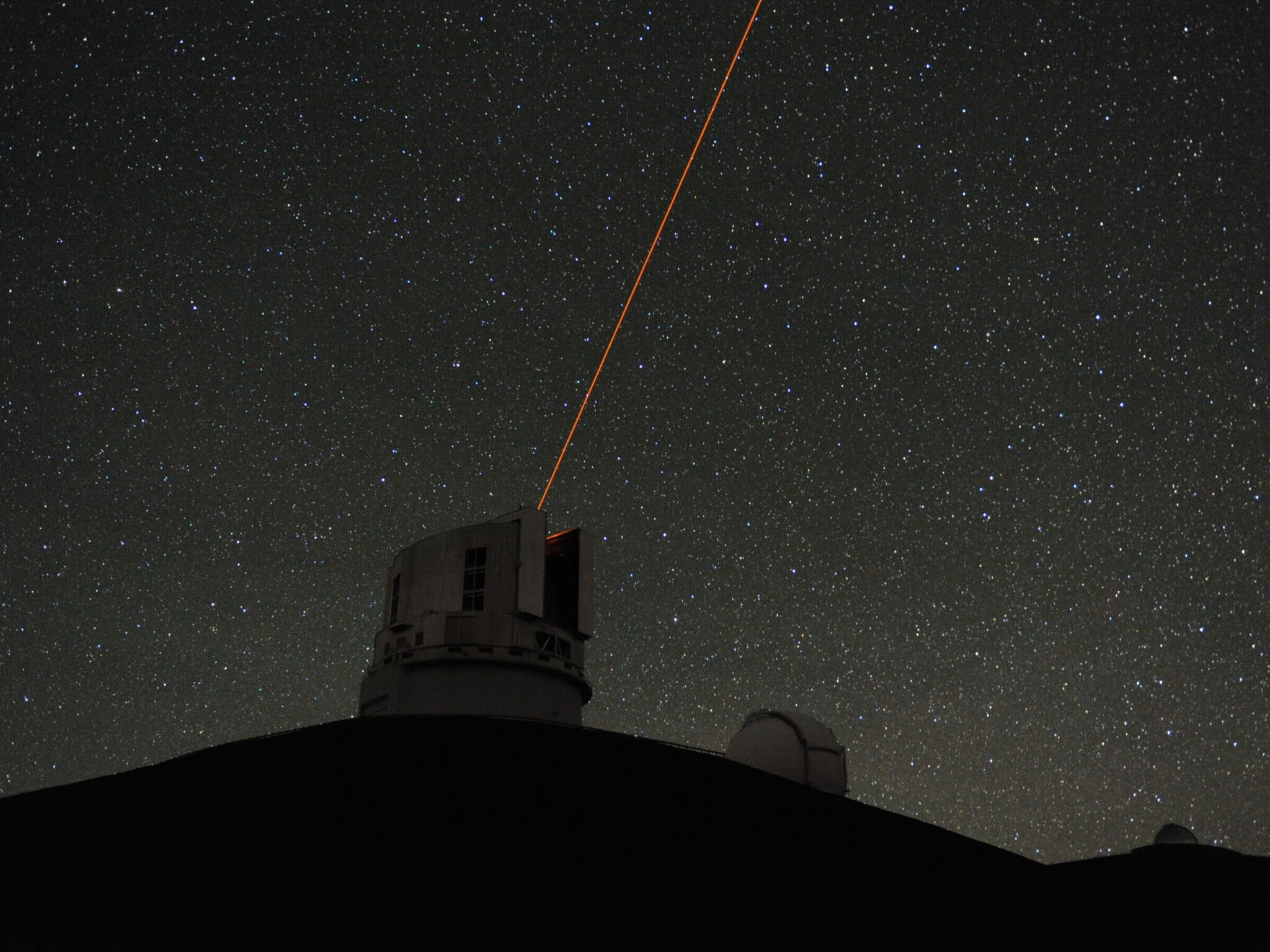A German satellite successfully transmitted a laser signal to a ground station during a test that could significantly alter space-to-Earth communications, speeding them up and avoiding data overload.

TeraNet, a network of optical ground stations, received the signal via laser communication aboard the OSIRISv1 satellite in low Earth orbit. Two TeraNet ground stations, particularly a specially equipped Jeep SUV with a receiver, picked up these signals. A team from the University of Western Australia hopes this demonstration will help make the connection between various space missions in low Earth orbit and the moon.
Outdated radio communications
Since the beginning of the space age with the launch of the first satellite in 1957, space agencies have used radio waves to communicate with Earth. This technology has been continuously improved and worked well. But the growth in the number of satellites and the demand for quantity and quality of data transmitted led to overloading of communication channels.

Optical communication or lasers can solve this problem. Such a system packs data into fluctuating laser light waves, transmitting it as an infrared signal. Lasers can potentially transmit data at speeds of up to 1,000 Gbps because they operate at much higher frequencies than radio, packing much more data every second.
Experiments with lasers
NASA is actively experimenting with space lasers. In November 2023, the agency successfully transmitted data nearly 10 million miles into deep space to the Palomar Observatory in California. In December of that year, a laser receiver on NASA’s Psyche asteroid probe transmitted a 15-second video of a cat playing with a laser pointer.
The private sector also shows interest in space lasers. Straits Research estimated that the space laser communications market was worth about $1.13 billion in 2022 and could quadruple by 2031.
Disadvantages of optical communication
NASA reports that optical communications can transmit data up to 100 times faster than today’s radio frequency systems. However, over long distances, data transmission becomes more difficult due to the need for precise aiming of the laser beam. Weather can also affect communication quality, as clouds and rain can block the signal.
To overcome the weather challenges, TeraNet has set up a network of three stations in Western Australia, allowing satellites to transmit to the clearest parts of the sky. The SUV involved in the test is capable of receiving signals within 15 minutes of arriving on site. The test opens the door to a thousand-fold increase in space-to-Earth communication bandwidth, UWA reports.
We previously reported on how 6G networks would utilize “curved” light beams.
According to theengineer.co.uk


